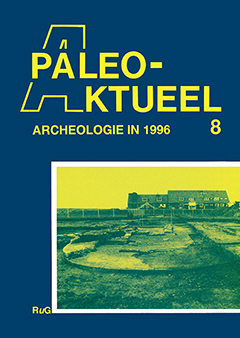DE HAZELAAR, GESPONSORD DOOR HET KLIMAAT OF DOOR DE MENS?
Samenvatting
The rapid rise of hazel pollen in Early Holaeene diagrams from Europe is quite remarkable but difficult to explain. After previous glaciations, hazel pollen had arrived later than that of the oak, but in the beginning of the Haloeene hazel arrived before the oak pollen. According to Huntley & Birks (1983) the hazel travelled from Luxemburg to Norway at a rate of 1326 metres per year. The first author has studied the migration speed of hazel for 30 years on his own property in northern Drenthe (the Netherlands). A thick forest soil was present and no raking of litter took place. Linden (Tilia), gean (Prunus avium) and ivy (Hedera helix) colonized in this area earlier than hazel. The first young hazel occurred in 1989, under the 20-year-old parents. Up till now, about 20 saplings have developed, but none further than 10 metres from the parent shrubs. So far, no young hazel has produced nuts. Under litter, 1706 fresh hazelnuts were collected in 1995, produced by three 30-year-old hazel shrubs. lt is possible that those nuts that were not hidden by litter were eaten by pied wood-peckers (Dendrocopus major). These birds also transporfed nuts to an apple tree over a distance of five metres and forced the nuts into fissures in the bark. They were then opened and eaten.

